No more dog tethering
MEDIA RELEASE
Published on 25 September 2025.
New rules coming into force today banning tying up dogs for too long are a big step toward improving the welfare of thousands of dogs, says the New Zealand Veterinary Association Te Pae Kīrehe (NZVA).
Dr Sally Cory, NZVA Head of Veterinary Services, Companion Animals says the rules, which enable animal inspectors to issue fines where tethering is causing harm, are long-awaited.
“As veterinarians we’re thrilled about these new rules. They represent progress for New Zealand and reinforce our collective responsibility to protect the welfare of dogs.”
“And a big thankyou to the SPCA, which has done a fantastic job in leading the charge for this change.”
The Companion Animals Veterinarians Branch of the NZVA has played an important role in development of the regulations, working with the SPCA and the Ministry of Primary Industries to provide expert veterinary input ensuring that the rules are practical, workable and improve dog welfare.
The rules mean a person must not tether a dog by a rope, line or chain to as fixed point for extended periods where they suffer harm. And vulnerable dogs, like puppies or pregnant dogs, cannot be tethered at all apart from a few exceptions like visitors or other animals being on someone's property temporarily.
Dr Cory says there are also some very rare situations where a veterinarian may recommend tethering when it is genuinely the least harmful and safest option.
“Any exemption would need to be welfare-based. So, this might occur during medical or rehabilitation period such as a dog recovering from surgery or injury when requiring tightly controlled movements, and there is no suitable alternative”.
“It could also apply for short term behavioural management if the dog poses a risk to itself, other animals or people and no other safe and alternative containment is immediately available.”
“The veterinarian would need to weight the welfare risks of tethering against viable alternatives to ensure the set up met all needs, including proper shelter, water, space to stand, lie down and move naturally, along with appropriate supervision.”
“They would also need to specify a clear, short and temporary duration rather than as a longer term management tool.”
ENDS
For further information contact media@vets.org.nz
